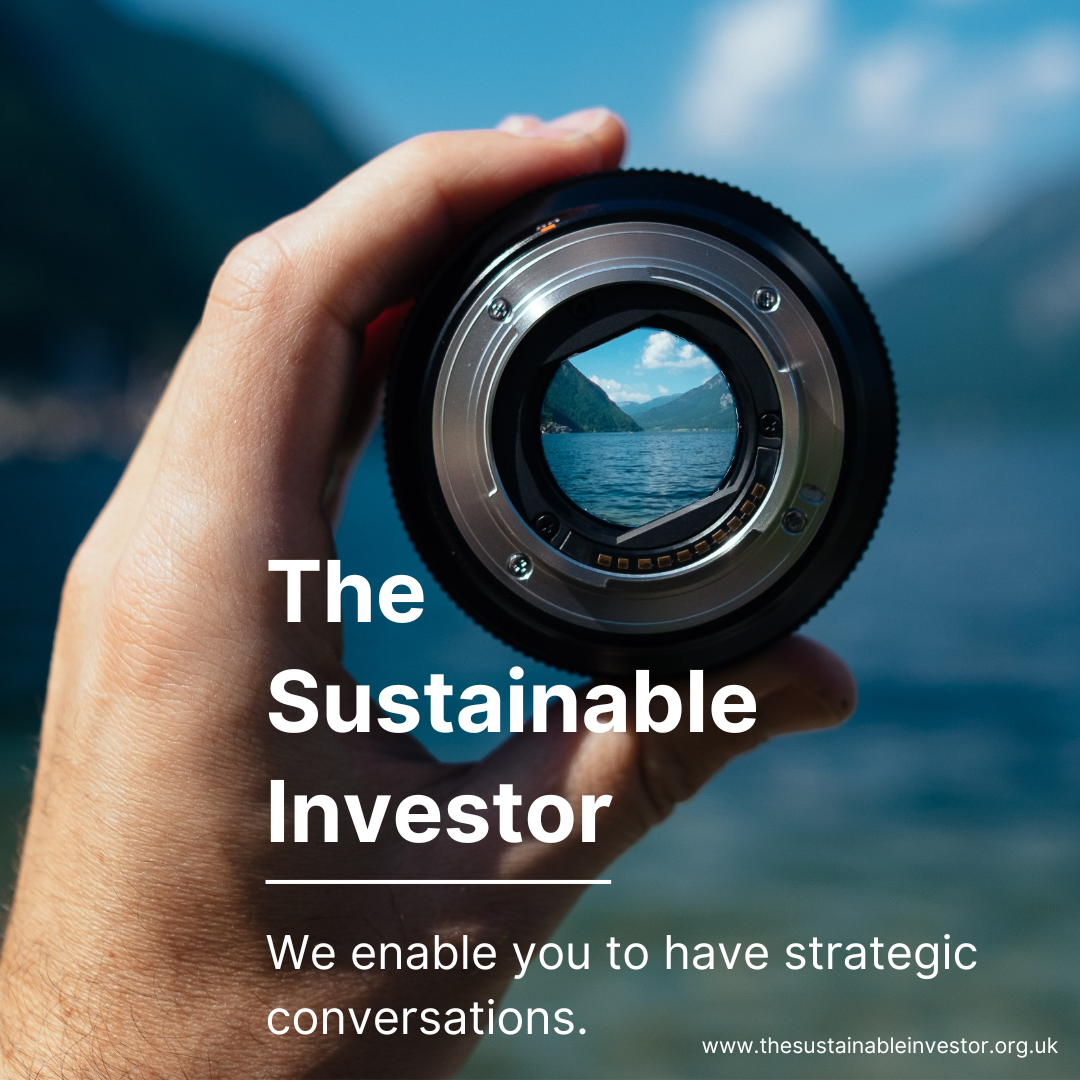
Ford wants cheaper EV batteries?
Ford has recently announced that it plans to build a $3.5bn EV battery factory in Michigan USA, one of a swath of recent announcements across Asia, the US and Europe.
Summary: Ford has recently announced that it plans to build a $3.5bn EV battery factory in Michigan USA, one of a swath of recent announcements across Asia, the US and Europe. The new factory will use LFP technology, licensed from Chinese company CATL. Market leader Tesla already uses the LFP technology in some of its range and its use is widespread in China.
Why this is important: Green technology supply chains have become a bigger issue, as companies and governments start to worry about the dominance of China, and what it might mean if the relationship gets worse. But its not that simple, its possible to build at home, using technology provided by an apparent competitor.
The big theme: The demand for EV’s is surging, despite input costs pressures slowing the rate of battery cost declines. This rapid growth is putting pressure on all parts of the EV supply chain, from raw materials through battery manufacture, to charging infrastructure. As a result, technological change is also accelerating. The “right” technology five years ago might no longer be the best choice now or in the future. There is no single perfect battery technology. Companies and investors need to be nimble and flexible.

The details
Summary of a story from electrek
Ford has announced a major move into LFP batteries to power their electric vehicle range. The company will use technology licensed from Chinese company CATL. The new plant, which is due to start production in 2026, will employ c. 2,500 workers.
They are targeting 35GWh per year of output, enough to power c. 20% of their expected 2m pa EV output (2026). The batteries, at c. 87kWh, will likely be slightly smaller than the power plant for the F-150 Lightning, and slightly bigger than the Mach-E standard range.
Let's look at why this is important...
Ford has recently announced that it plans to build a $3.5bn EV battery factory in Michigan USA, one of a swath of recent announcements across Asia, the US and Europe. The new factory will use LFP technology, licensed from Chinese company CATL. Market leader Tesla already uses the LFP technology in some of its range and its use is widespread in China.
This announcement would have been controversial only say five years ago. Not because it's Ford, or because it involves licensing technology from China, but because of the technology (LFP) that they are using. Only five years ago, the focus was on better performance, now it's switched to lower cost. EV battery technology decision making is changing and changing fast, which makes investment decisions tougher. The lesson - we need to think about the future differently, instead of asking how do I replace what I do now (the faster horse), we need to think about what solves the future challenge.
When I first started writing about EV’s and their batteries, some 6 years ago, all of the talk was about the higher powered NCM and NCA technologies. Back then the expectation was that batteries would become increasingly more sophisticated as customers sought longer and longer range, and faster charging times. Roll on only a few years and those assumptions no longer hold, the world has changed.
Before exploring this a bit further, a very short chemistry lesson. In its simplified form an EV battery is “just” a cathode (the positive), an anode (the negative) and some form of liquid (the electrolyte) plus a separator. So similar to the old lead acid batteries we are all familiar with. The big difference between the EV battery technologies is mostly in the cathode chemistry.
This is where the alphabet soup comes in, NCM cathodes are made with nickel, cobalt and manganese, NCA are nickel, cobalt & aluminum, and LFP is lithium, iron phosphate. The different chemistries give different battery performance and have different costs. Put simply, LFP batteries have a shorter range, but are more stable and cheaper. And you will have noticed that, unlike NCM & NCA cathodes, they don’t contain cobalt.
Let’s tackle this in order. Cheaper is really important as EV’s move from being just premium to mainstream. If we are going to get even close to 100% EV’s on the road, we need cheaper cars. And cobalt has become problematic. Some of this is due to cost, some is due to where the cobalt comes from (c. ⅔ processed in China), and of course human rights is an increasingly important issue (with c. 70% of world production coming from the Democratic Republic of Congo).
So, facing cost issues, plus the looming human rights debate, and the increasing desire in the US to onshore as much as practical, the cheaper cobalt free LFP technology came to the fore. We should not see this as a one off. Technology in the transitions is changing fast. It's a bit like the tech boom, companies need to keep innovating, flexible and nimble.
This is all the topic for another Quick Insight, as we are running the risk of going off topic.
Something a little more bespoke?
Get in touch if there is a particular topic you would like us to write on. Just for you.
Contact us
Please read: important legal stuff.

